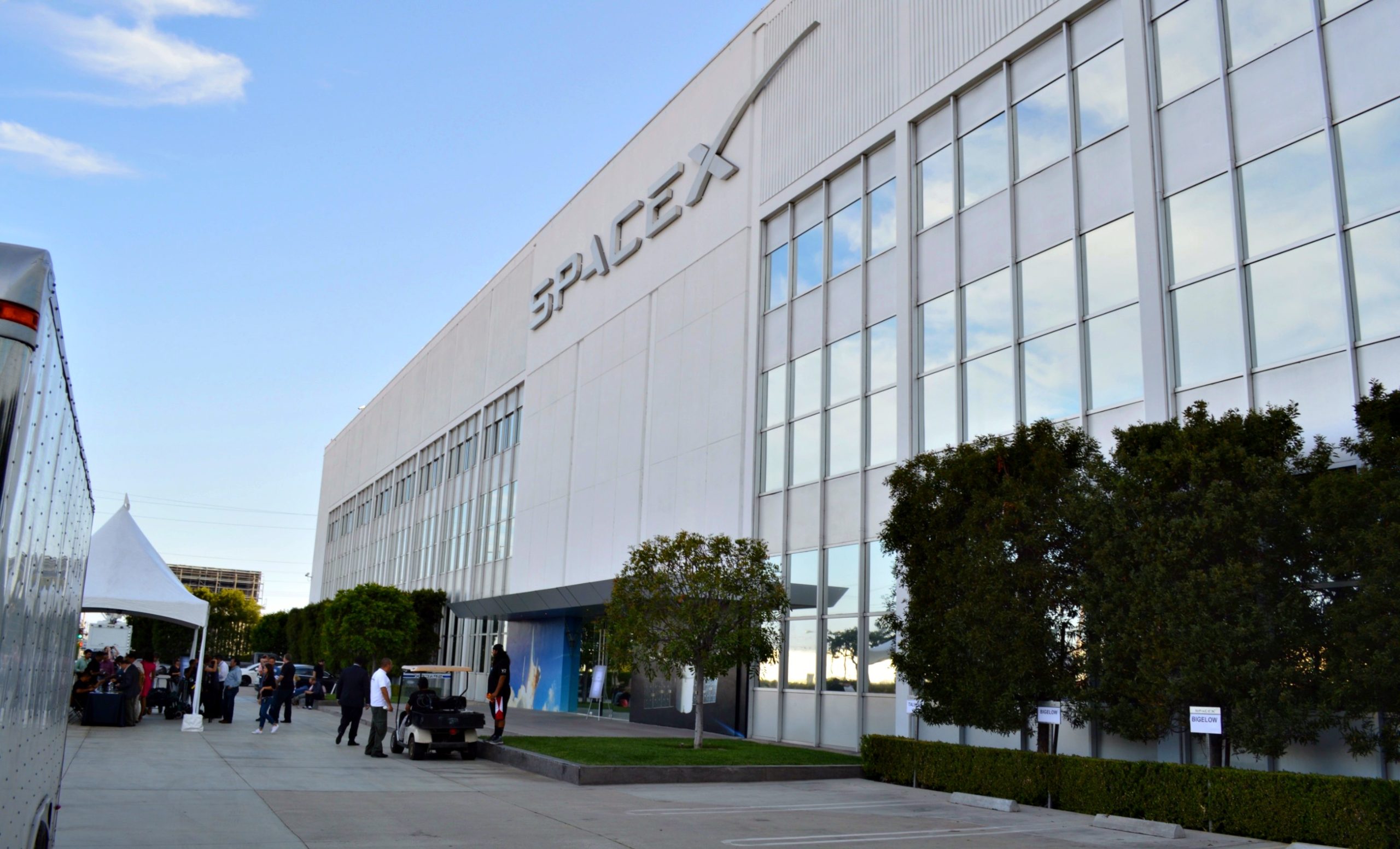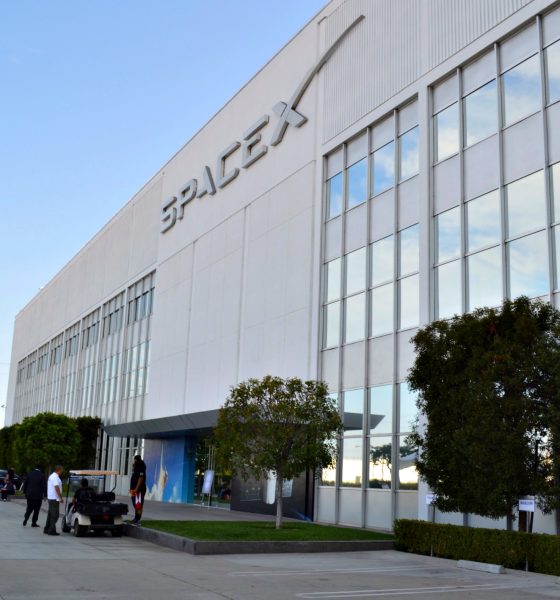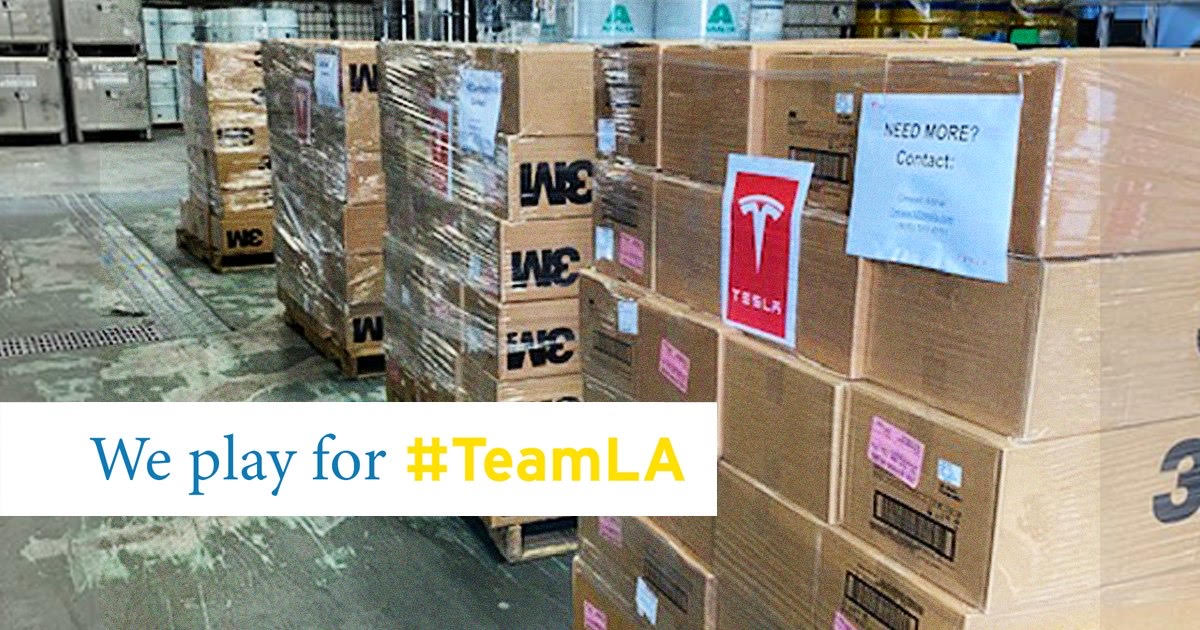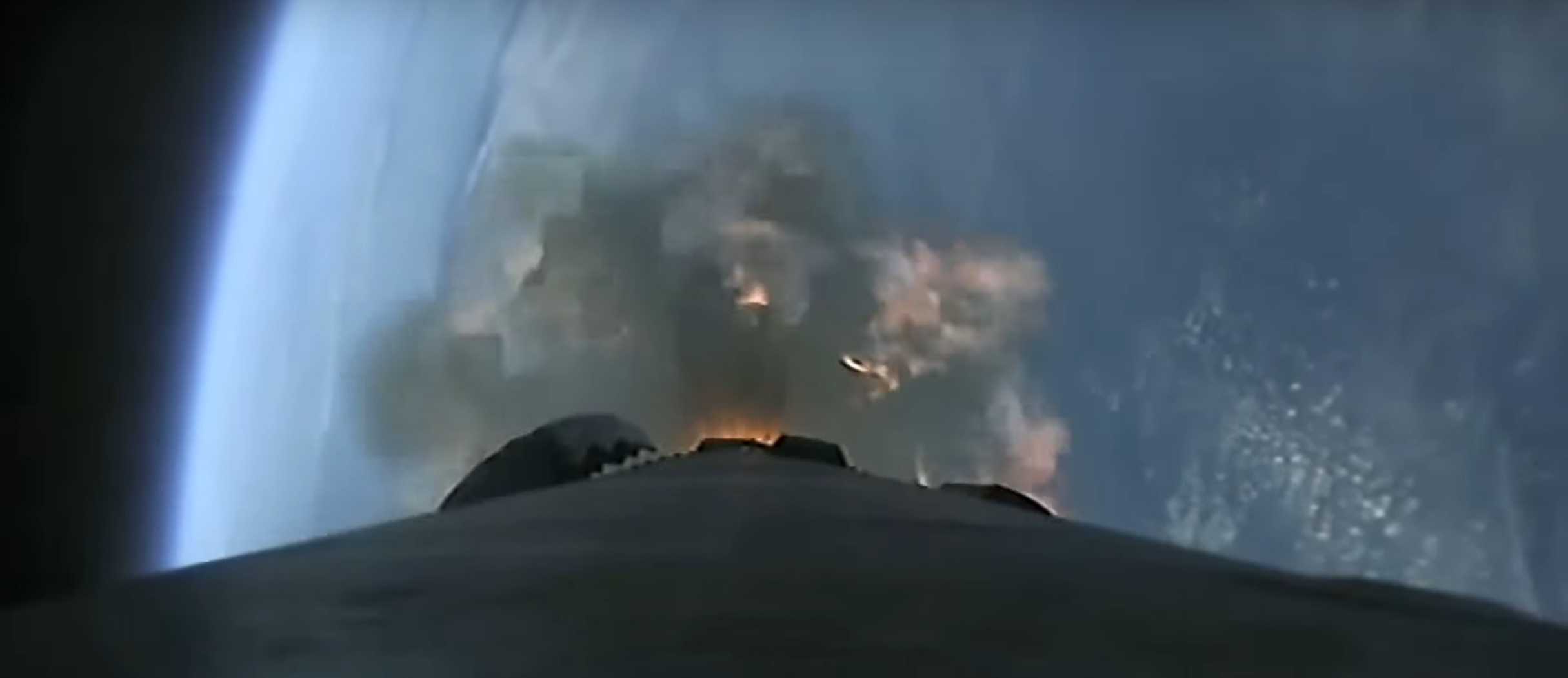

News
SpaceX quarantines a few employees after first coronavirus cases confirmed at HQ
U.S. launches remain a top priority during the coronavirus pandemic. But that doesn’t mean that launch providers are not feeling its effects. SpaceX and United Launch Alliance are progressing full steam ahead, tackling its respective launch manifests as if everything were status quo.
However, SpaceX has begun to feel the effects of the virus. First, its upcoming SAOCOM 1B launch, which was originally slated to liftoff later this month, has been put on indefinite hold. That’s because the payload is an Argentinian satellite, and Argentina has put strict travel restrictions in place until further notice.
The delay doesn’t come as much surprise as countries around the world put restrictions on travel to mitigate the effects of the SARS-CoV-2 virus, which causes the COVID-19 disease. This deadly virus has been wreaking havoc across the globe, while overwhelming healthcare systems.
But despite being an essential business and needing to stay open, it doesn’t mean that SpaceX is immune. This week, two workers at the company’s headquarters tested positive for the virus.

At least one employee and one health care worker have tested positive, with others who came in contact with these individuals sent home to quarantine themselves for 14 days. The SpaceX employee had recently traveled internationally, and the company is obtaining more thermometers to conduct more employee screenings for the virus.
One Medical, which provides health services on-site at SpaceX HQ, reminded its personnel (and anyone else) who exhibit symptoms of the disease to stay home and get tested immediately.
The company has also begun to take steps to help its employees better protect themselves. This includes making hand sanitizer and face shields, which the company plans to make in excess in order to donate to local hospitals. Additionally, the company is furnishing more sanitizing options as well as spreading work stations farther apart.

As of now, U.S. launches are unaffected, aside from the SAOCOM launch. This is because SpaceX and other launch providers support national security missions, and important infrastructure like GPS, and are therefore deemed essential. So employees are required to report to work unless they are able to telework or are not feeling well.
The company had planned on launching two astronauts for NASA as early as May. That targeted date may be in jeopardy after two recent anomalies. SpaceX launched its latest batch of Starlink satellites on March 18, using a veteran Falcon 9 rocket to loft them. The five-time flier experienced an issue with one of its engines during flight.
As a result, the booster was unable to successfully land on the drone ship stationed out in the Atlantic. Following the launch, SpaceX announced that it would be investigating the issue to determine what caused it. NASA has since joined in the investigation to ensure that everything is as it should be with the Falcon 9.
That anomaly, coupled with the fact that SpaceX’s latest parachute test went awry, means that the upcoming crew mission could be delayed. If it will and by how much are yet to be determined.

News
Tesla FSD fleet is nearing 7 billion total miles, including 2.5 billion city miles
As can be seen on Tesla’s official FSD webpage, vehicles equipped with the system have now navigated over 6.99 billion miles.

Tesla’s Full Self-Driving (Supervised) fleet is closing in on almost 7 billion total miles driven, as per data posted by the company on its official FSD webpage.
These figures hint at the massive scale of data fueling Tesla’s rapid FSD improvements, which have been quite notable as of late.
FSD mileage milestones
As can be seen on Tesla’s official FSD webpage, vehicles equipped with the system have now navigated over 6.99 billion miles. Tesla owner and avid FSD tester Whole Mars Catalog also shared a screenshot indicating that from the nearly 7 billion miles traveled by the FSD fleet, more than 2.5 billion miles were driven inside cities.
City miles are particularly valuable for complex urban scenarios like unprotected turns, pedestrian interactions, and traffic lights. This is also the difference-maker for FSD, as only complex solutions, such as Waymo’s self-driving taxis, operate similarly on inner-city streets. And even then, incidents such as the San Francisco blackouts have proven challenging for sensor-rich vehicles like Waymos.
Tesla’s data edge
Tesla has a number of advantages in the autonomous vehicle sector, one of which is the size of its fleet and the number of vehicles training FSD on real-world roads. Tesla’s nearly 7 billion FSD miles then allow the company to roll out updates that make its vehicles behave like they are being driven by experienced drivers, even if they are operating on their own.
So notable are Tesla’s improvements to FSD that NVIDIA Director of Robotics Jim Fan, after experiencing FSD v14, noted that the system is the first AI that passes what he described as a “Physical Turing Test.”
“Despite knowing exactly how robot learning works, I still find it magical watching the steering wheel turn by itself. First it feels surreal, next it becomes routine. Then, like the smartphone, taking it away actively hurts. This is how humanity gets rewired and glued to god-like technologies,” Fan wrote in a post on X.
News
Tesla starts showing how FSD will change lives in Europe
Local officials tested the system on narrow country roads and were impressed by FSD’s smooth, human-like driving, with some calling the service a game-changer for everyday life in areas that are far from urban centers.

Tesla has launched Europe’s first public shuttle service using Full Self-Driving (Supervised) in the rural Eifelkreis Bitburg-Prüm region of Germany, demonstrating how the technology can restore independence and mobility for people who struggle with limited transport options.
Local officials tested the system on narrow country roads and were impressed by FSD’s smooth, human-like driving, with some calling the service a game-changer for everyday life in areas that are far from urban centers.
Officials see real impact on rural residents
Arzfeld Mayor Johannes Kuhl and District Administrator Andreas Kruppert personally tested the Tesla shuttle service. This allowed them to see just how well FSD navigated winding lanes and rural roads confidently. Kruppert said, “Autonomous driving sounds like science fiction to many, but we simply see here that it works totally well in rural regions too.” Kuhl, for his part, also noted that FSD “feels like a very experienced driver.”
The pilot complements the area’s “Citizen Bus” program, which provides on-demand rides for elderly residents who can no longer drive themselves. Tesla Europe shared a video of a demonstration of the service, highlighting how FSD gives people their freedom back, even in places where public transport is not as prevalent.
What the Ministry for Economic Affairs and Transport says
Rhineland-Palatinate’s Minister Daniela Schmitt supported the project, praising the collaboration that made this “first of its kind in Europe” possible. As per the ministry, the rural rollout for the service shows FSD’s potential beyond major cities, and it delivers tangible benefits like grocery runs, doctor visits, and social connections for isolated residents.
“Reliable and flexible mobility is especially vital in rural areas. With the launch of a shuttle service using self-driving vehicles (FSD supervised) by Tesla in the Eifelkreis Bitburg-Prüm, an innovative pilot project is now getting underway that complements local community bus services. It is the first project of its kind in Europe.
“The result is a real gain for rural mobility: greater accessibility, more flexibility and tangible benefits for everyday life. A strong signal for innovation, cooperation and future-oriented mobility beyond urban centers,” the ministry wrote in a LinkedIn post.
News
Tesla China quietly posts Robotaxi-related job listing
Tesla China is currently seeking a Low Voltage Electrical Engineer to work on circuit board design for the company’s autonomous vehicles.

Tesla has posted a new job listing in Shanghai explicitly tied to its Robotaxi program, fueling speculation that the company is preparing to launch its dedicated autonomous ride-hailing service in China.
As noted in the listing, Tesla China is currently seeking a Low Voltage Electrical Engineer to work on circuit board design for the company’s autonomous vehicles.
Robotaxi-specific role
The listing, which was shared on social media platform X by industry watcher @tslaming, suggested that Tesla China is looking to fill the role urgently. The job listing itself specifically mentions that the person hired for the role will be working on the Low Voltage Hardware team, which would design the circuit boards that would serve as the nervous system of the Robotaxi.
Key tasks for the role, as indicated in the job listing, include collaboration with PCB layout, firmware, mechanical, program management, and validation teams, among other responsibilities. The role is based in Shanghai.
China Robotaxi launch
China represents a massive potential market for robotaxis, with its dense urban centers and supportive policies in select cities. Tesla has limited permission to roll out FSD in the country, though despite this, its vehicles have been hailed as among the best in the market when it comes to autonomous features. So far, at least, it appears that China supports Tesla’s FSD and Robotaxi rollout.
This was hinted at in November, when Tesla brought the Cybercab to the 8th China International Import Expo (CIIE) in Shanghai, marking the first time that the autonomous two-seater was brought to the Asia-Pacific region. The vehicle, despite not having a release date in China, received a significant amount of interest among the event’s attendees.








